 April 2020
Protecting against the dangers of space radiation
April 2020
Protecting against the dangers of space radiation
...solar flares (solar particle events); and galactic cosmic rays, which are high-energy protons and heavy... around 12 m of water would be needed to stop galactic cosmic rays, which is a significant protective layer to provide. Personalised programmes ...
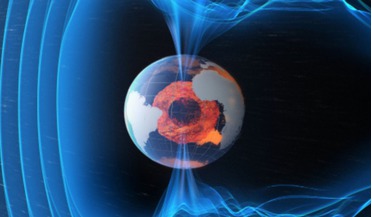 August 2016
Our changing world and the mounting risk of a calamitous solar storm
August 2016
Our changing world and the mounting risk of a calamitous solar storm
... from - solar storms, comets, asteroids, and cosmic rays. We forget that our atmosphere and our naturally ...Long Term Sustainability of Space Activities initiative, are addressing cosmic threats from asteroids and comets, but have essentially said...
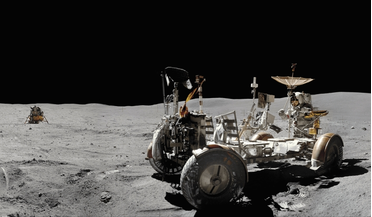 April 2021
Managing the Moon - a model for engaging with planetary environments
April 2021
Managing the Moon - a model for engaging with planetary environments
... planetary environment with an exosphere, a water cycle and a slow but constant geological process of dust interaction with cosmic rays and micrometeorites. As the Apollo missions of the 1960s showed, each landing location had its own unique...
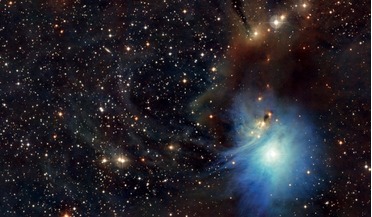 March 2018
Exploring the extreme universe
March 2018
Exploring the extreme universe
... bubbles, which extend tens of thousands of light-years above and below the Milky Way’s disk. Reprocessing of cosmic rays in the Galaxy due to interaction with molecular clouds is also a source of photons in the MeV range, and e-ASTROGAM...
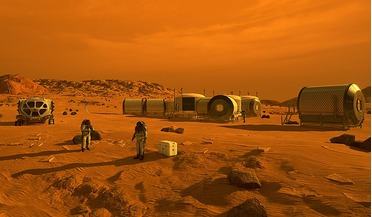 20 September 2021
Best time for a human Mars mission? During a solar maximum, new study says
20 September 2021
Best time for a human Mars mission? During a solar maximum, new study says
... another type of hazardous particle, galactic cosmic rays (GCR). Cosmic rays are high-energy protons and atomic nuclei...fluxes in solar particles are high they can help deflect harmful cosmic rays. But can adapting to space weather as opposed to going...
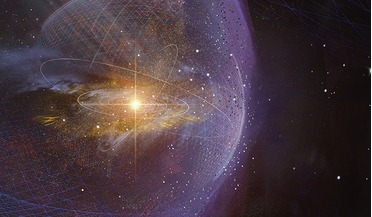 January 2022
Revealing the magnetic universe
January 2022
Revealing the magnetic universe
... counterbalanced by the unexpectedly high interstellar magnetic fields and stellar winds as well as much higher fluxes of galactic cosmic rays. The region just outside the heliopause, known as the heliosheath, is where the magnetic fields and stellar...